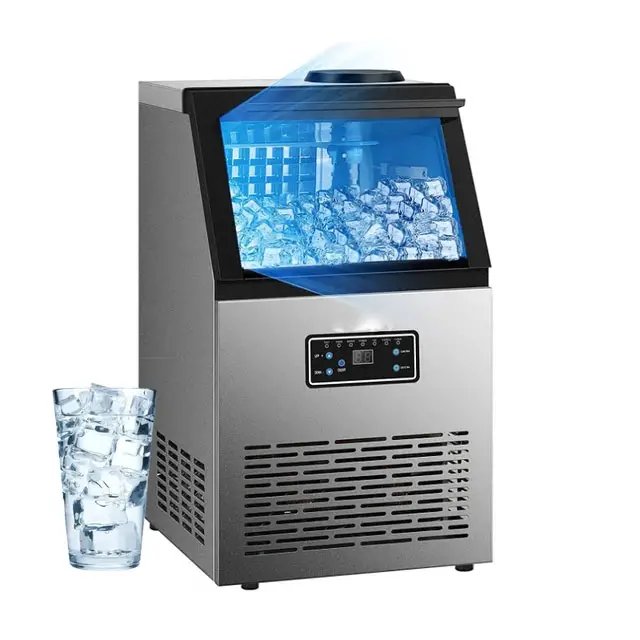Disclaimer: This is a user generated content submitted by a member of the WriteUpCafe Community. The views and writings here reflect that of the author and not of WriteUpCafe. If you have any complaints regarding this post kindly report it to us.
Commercial ice machines are essential pieces of equipment in various industries, providing a steady supply of ice for use in food service, hospitality, healthcare, and other sectors that rely on efficient cooling solutions. These machines are designed to meet high-volume demands and are available in diverse configurations to suit specific operational requirements.





